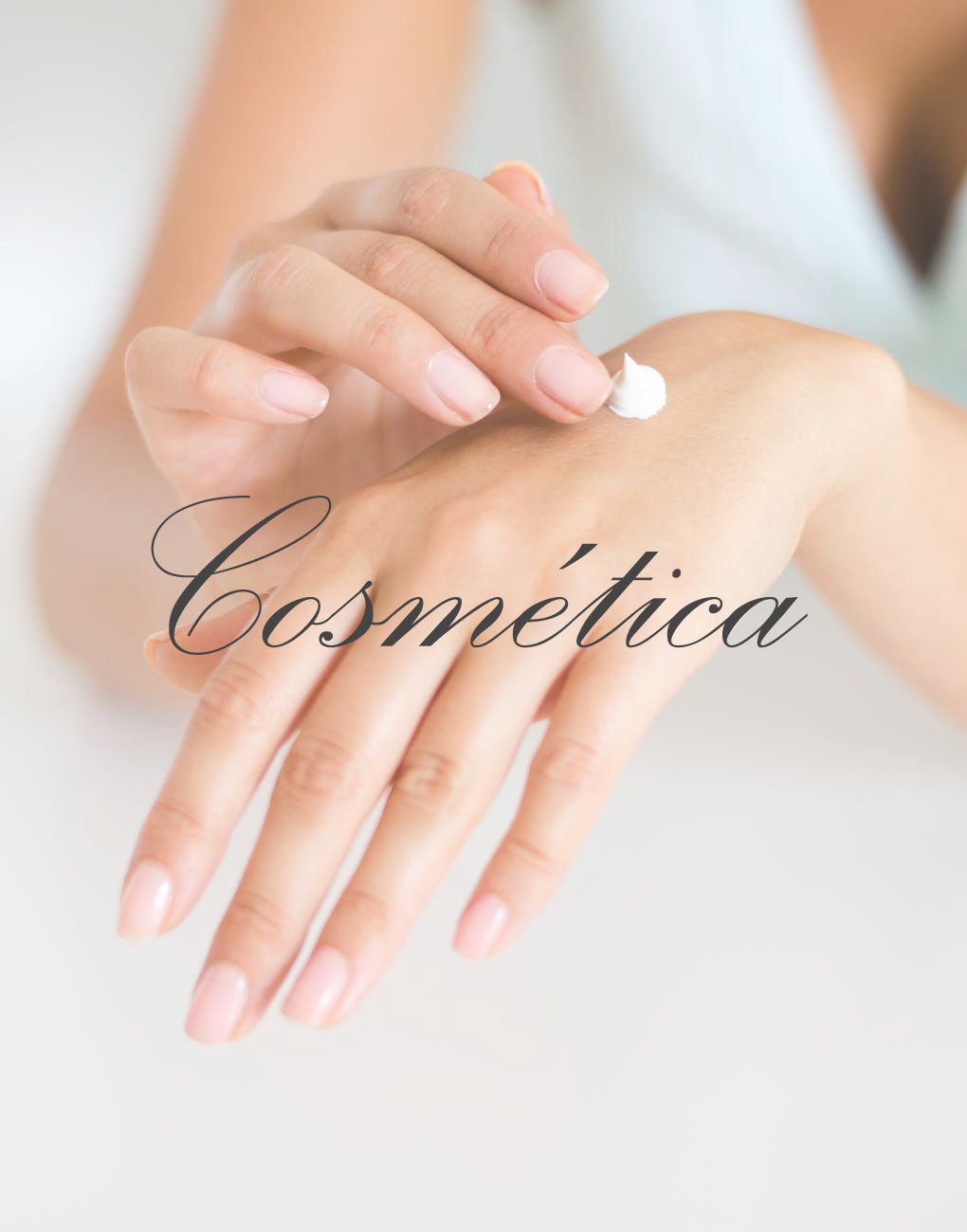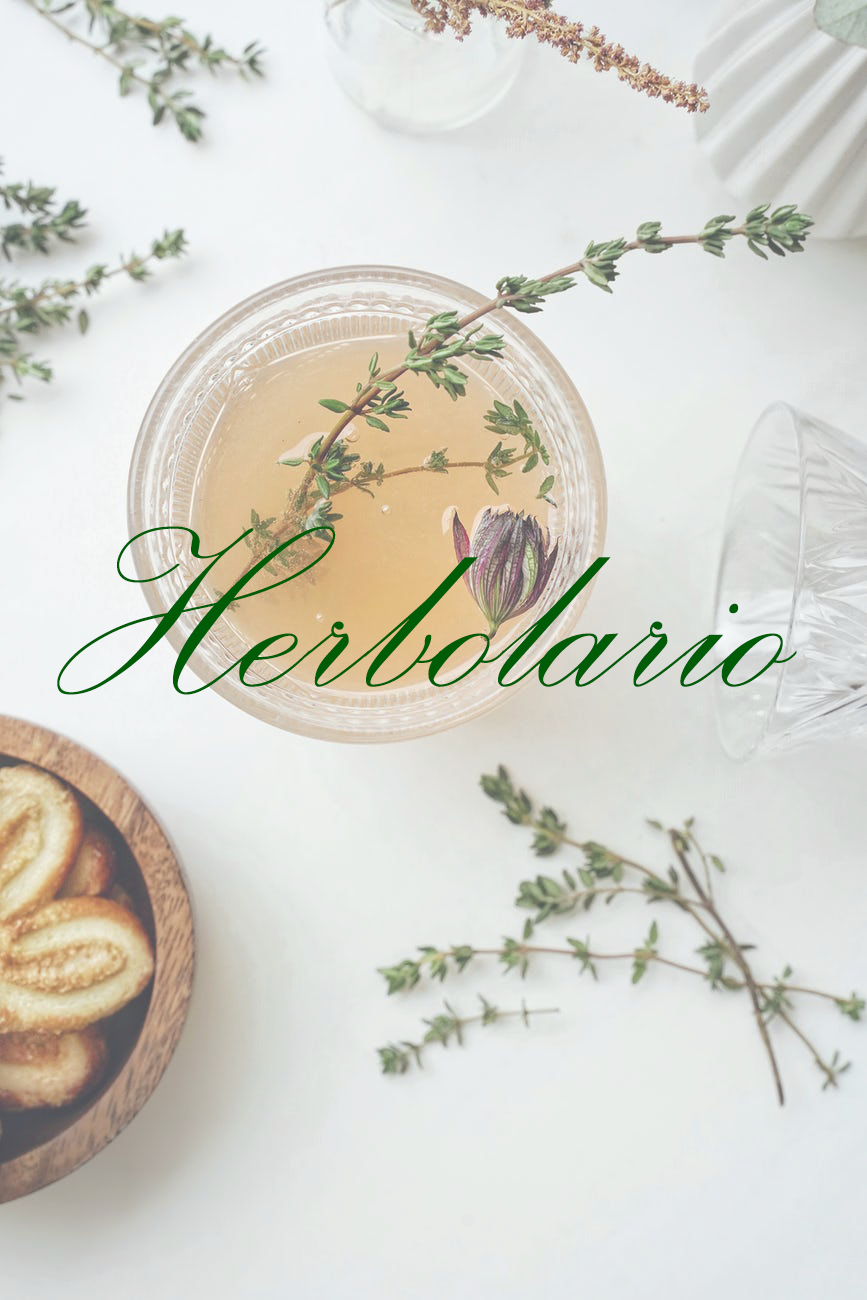– ¿Es lo mismo Water-Ressistant o Water-Proof? NO. Los protectores suelen resistir un tiempo corto en el agua pero que al secarnos se elimina con la toalla hasta un 80% o si permanecemos mucho rato dentro del baño. Los que se denominan water resistant o resistentes al agua se mantienen un 70% de fotoprotección a los 40 min de la inmersión (unos 2 baños de 20 min) y el waterproof o muy resistentes al agua, son los que aguantan hasta 4 baños de 20 min. Aunque en cualquier caso se recomienda poner nuevamente crema tras los primeros 20 minutos
-Las cremas siempre hay que tirarlas de un año para otro? DEPENDE. Normalmente hay una fecha de caducidad y una de apertura, es decir, si no se abre en ningún momento la crema porque al final no la hemos tenido que usar, la fecha que hay que mirar es la de caducidad, pero si por el contrario la hemos usado, ha empezado a oxidarse al contacto con el oxígeno del aire, hay que ver el tiempo que nos recomiendan, seria 3Meses, 6 Meses, 9 Meses o 12 Meses, dependiendo de las advertencias del fabricante.
– La protección total no existe y lo máximo es el 50+? SI. El número del factor significa que, en una piel sana, aplicando la cantidad adecuada, 2 mg/ 2 cm piel, esa piel estaría X veces (donde X es el número del factor que usamos) más protegida que si no se aplicase. Así que un ejemplo serio que, si la piel se quema a los 5 min de estar expuesta al sol, con un factor 30 tardaría 30 x 5= 150 min en quemarse, por lo que se recomienda que con ese factor se vuelva a poner cada 2 horas para garantizar la protección en cualquier tipo de piel, siempre con la cantidad adecuada de producto.
-Mi maquillaje es incompatible con el fotoprotector?: NO SIEMPRE. A nivel estético, el filtro químico se nota menos en la piel y permite una mejor combinación con el maquillaje. Lo ideal es usar compactos de maquillaje con SPF elevado y puede aplicarse después del fotoprotector.
– En el cabello también se necesita el equivalente a un SPF 50?: NO. el 50 + lo recomiendan los dermatólogos en la piel, pero porque tiene células vivas y la alta radiación solar puede producir enfermedades o la muerte de esas células. En cambio, el cabello lo forman queratinocitos y estos son células ya muertas. Lo que, si es que podemos perder hidratación en el cabello produciendo más porosidad, con puntas abiertas o perdida de vitalidad en el cabello, por lo que más que proteger lo de los rayos del sol, hay que aplicar hidratación y nutrición con productos adecuados.
– Is Water-Ressistant or Water-Proof the same? DO NOT. The protectors usually withstand a short time in the water but when you dry off, you can remove it with the towel up to 80% or if you stay in the bathroom for a long time. Those that are called water resistant or resistant to water are maintained 70% of photoprotection at 40 min of immersion (about 2 baths of 20 min) and waterproof or very resistant to water, are those that hold up to 4 baths of 20 min. Although in any case it is recommended to put cream again after the first 20 minutes
-The creams always have to throw them from one year to another? IT DEPENDS. Normally there is an expiration date and an opening date, that is, if the cream is not opened at any time because in the end we did not have to use it, the date to look is the expiration date, but on the contrary, the we have used, it has begun to oxidize in contact with the oxygen of the air, we must see the time they recommend us, it would be 3 months, 6 months, 9 months or 12 months, depending on the manufacturer’s warnings.
– The total protection does not exist and the maximum is 50+? YES. The number of the factor means that, in a healthy skin, applying the appropriate amount, 2 mg / 2 cm skin, that skin would be X times (where X is the number of the factor we use) more protected than if it were not applied. So a serious example that, if the skin burns at 5 min of being exposed to the sun, with a factor of 30 it would take 30 x 5 = 150 min to burn, so it is recommended that with this factor it be replaced every 2 hours to guarantee protection on any type of skin, always with the right amount of product.
-My makeup is incompatible with the photoresist ?: NOT ALWAYS. Aesthetically, the chemical filter is less noticeable on the skin and allows a better combination with makeup. The ideal is to use makeup compact with high SPF and can be applied after the photoprotector.
– In the hair you also need the equivalent of an SPF 50 ?: NO. 50 + is recommended by dermatologists on the skin, but because it has living cells and high solar radiation can cause diseases or the death of those cells. Instead, the hair is formed by keratinocytes and these are already dead cells. What, if we can lose moisture in the hair producing more porosity, with split ends or loss of vitality in the hair, so that rather than protect it from the sun’s rays, we must apply hydration and nutrition with appropriate products.














